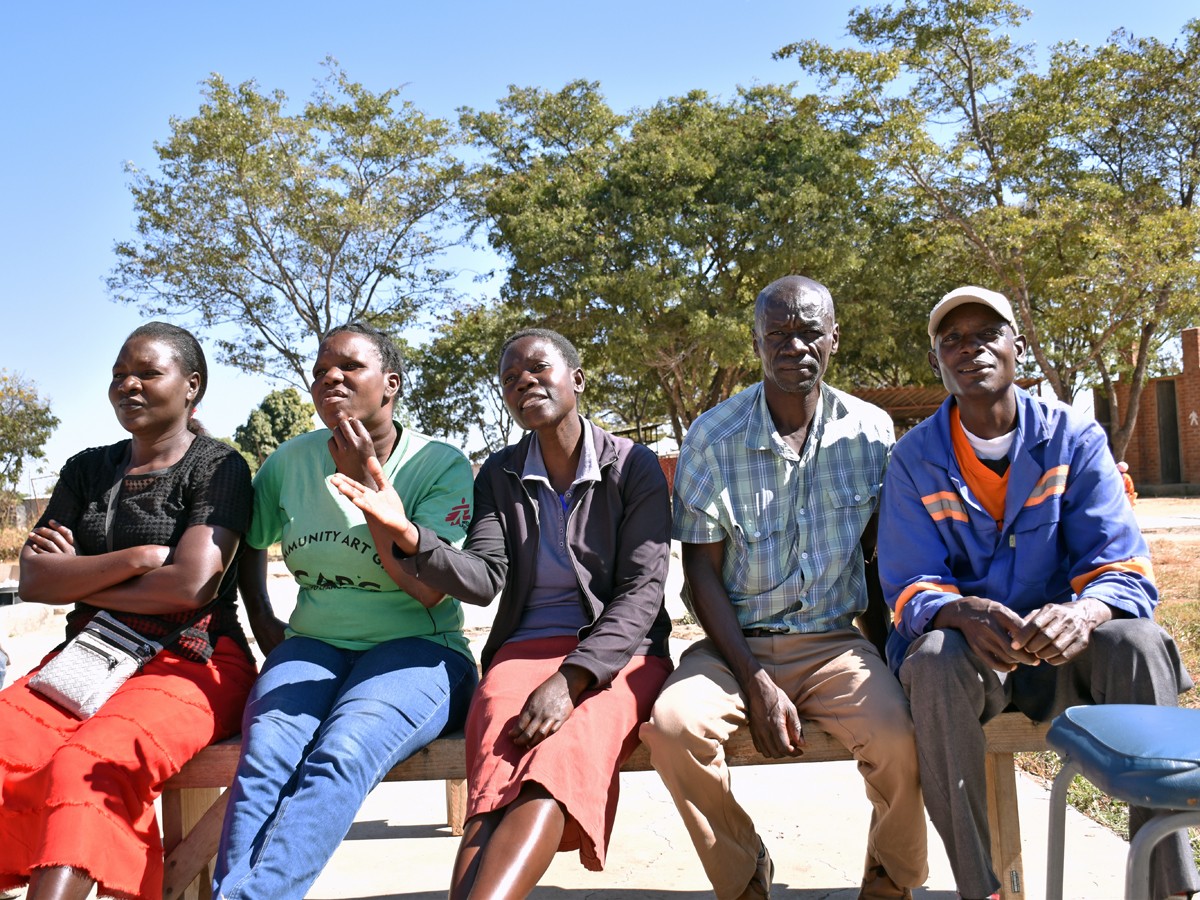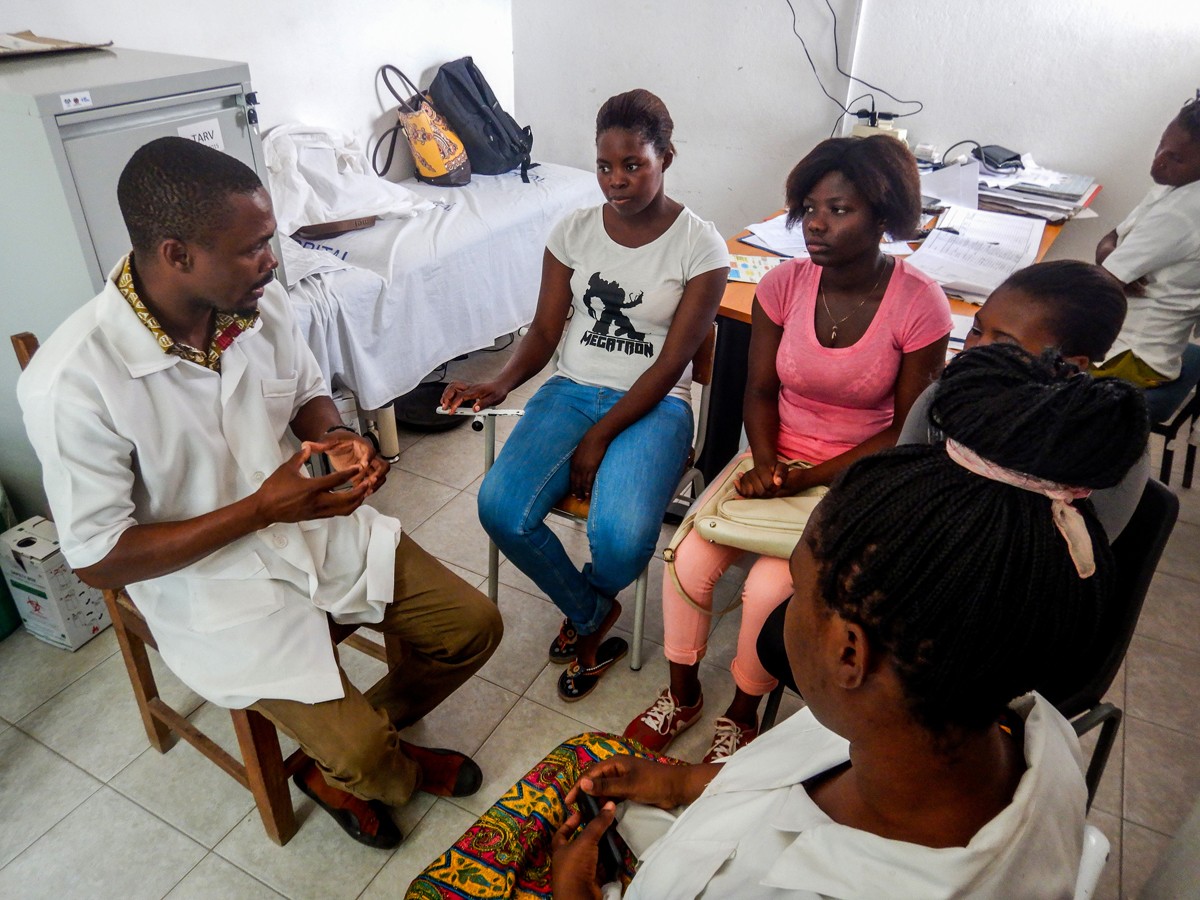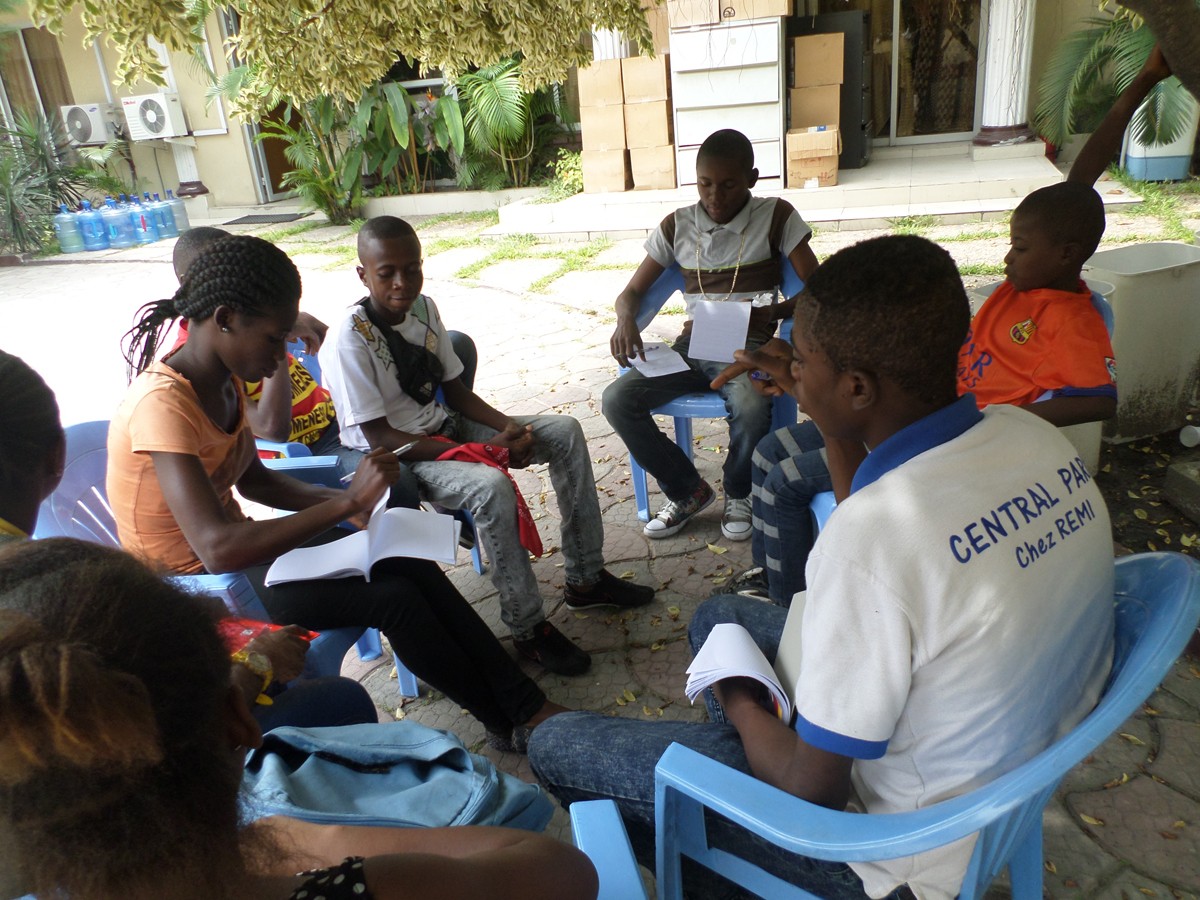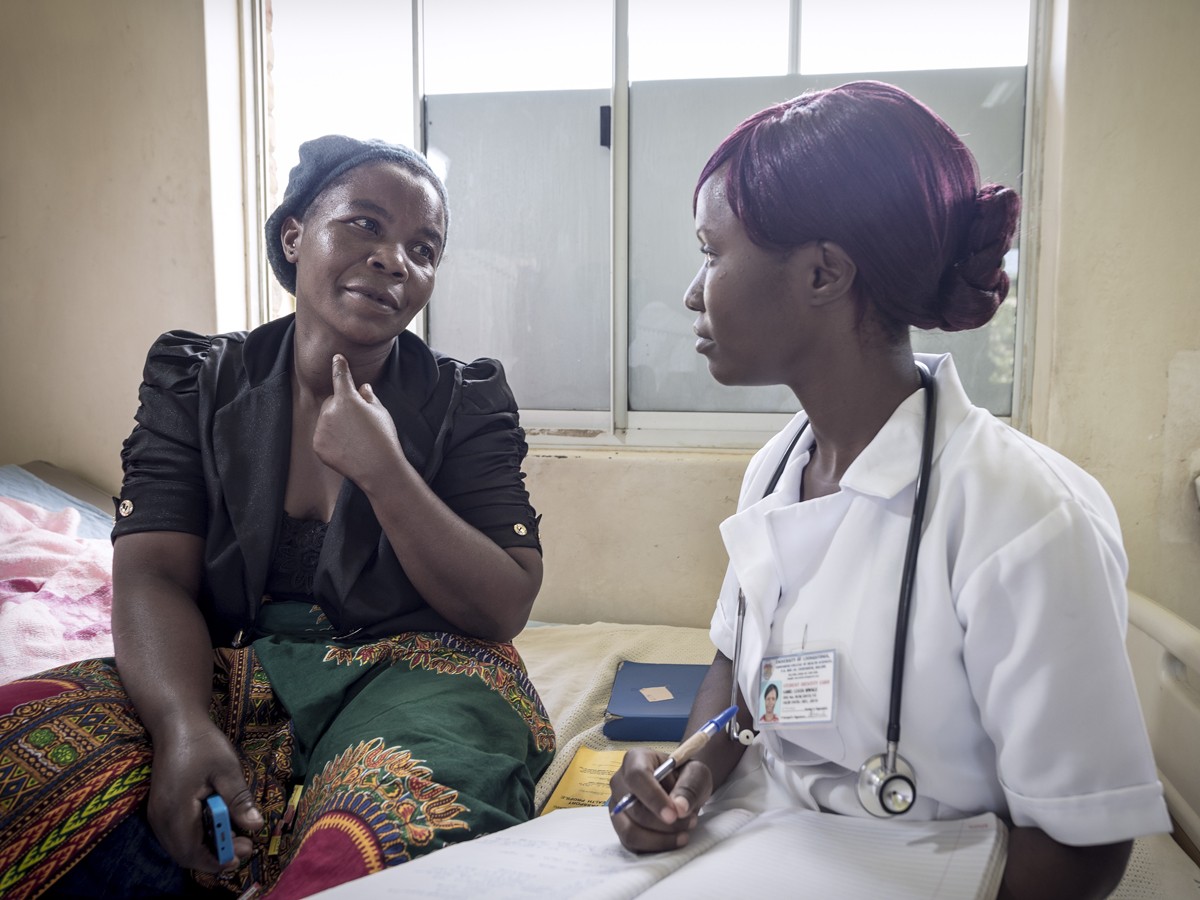Authors:
Abstract:
Globally, more than one million sexually transmitted infections (STIs) are acquired and spread every day, most of which are asymptomatic [1]. Neisseria gonorrhoea, Chlamydia trachomatis, Trichomonas vaginalis and Treponema pallidum were the commonest sexually transmitted pathogens in Zimbabwe for many years, before the HIV epidemic. The majority of STIs are underdiagnosed and asymptomatic cases are often missed due to the reliance by most countries including Zimbabwe on syndromic management of the STIs [2]. The pathogens are of serious public health significance, causing major challenges at the individual and societal levels. At the individual level, short term problems include acute pelvic inflammatory disease (PID), which can be complicated with tubo-ovarian abscesses, peritonitis, septicaemia and even death, whereas the most significant long-term problems include pelvic adhesions, subfertility, ectopic pregnancies, and chronic pelvic pain. T. pallidum causes syphilis, which also has several complications including neurosyphilis and congenital syphilis in the newborn if untreated. The other main challenge associated with these STIs, both ulcerative and non-ulcerative, is the significantly increased risk of HIV acquisition among sufferers, particularly with herpes, gonorrhoea and syphilis [1]. Like many public health problems, the STI/HIV nexus is an important public health problem due to the complexity and multi-layered causal factors at various levels. Hence, measures to reduce the incidence of STIs have been critical for HIV control.








